How Can We Control The Pollution
Preventing pollution means avoiding or minimizing the production of waste before it enters the environment.
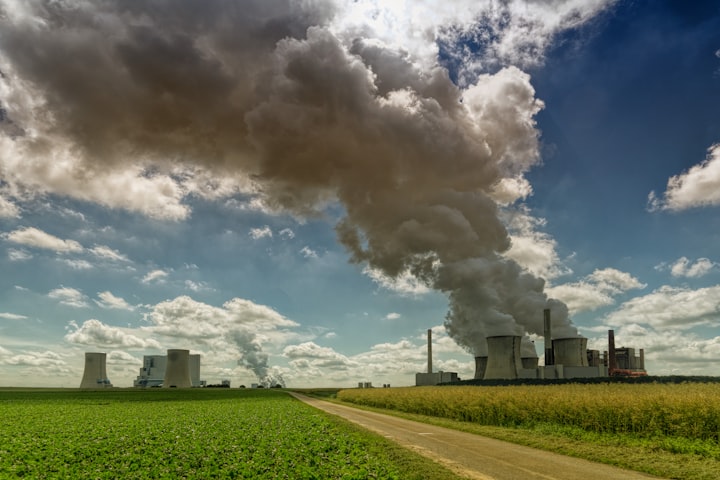
Methods for combating water pollution can be further divided into physical, chemical and biological treatment systems. The biological method of combating water pollution uses biological activities to remove pollutants from watercourses. It can be used to control biodegradable organic chemicals and nutrients such as nitrogen and phosphorus.
Chemical treatment systems are methods for controlling water pollution that use chemical reactions to remove water pollutants in the form of other toxic compounds. Typical chemical treatment methods are chemical precipitation, adsorption and disinfection reactions. Chemical precipitation is a process in which chemicals are added to the water to precipitate dissolved solids.
Suspended solids can be removed from the water by sedimentation processes. Air pollution can be controlled with sedimentation devices that use gravity to remove heavy particles from water flows.
Electrostatic separators (ESPs), air filters and cyclone air pollution controllers can be used to collect and remove fine particulate matter such as dust from industrial emissions and exhaust gases. Additional filtering devices to control air pollution, such as baghouses, can be used after a cyclone to remove small particles that cannot be separated from the collected gas flow during the cyclone.
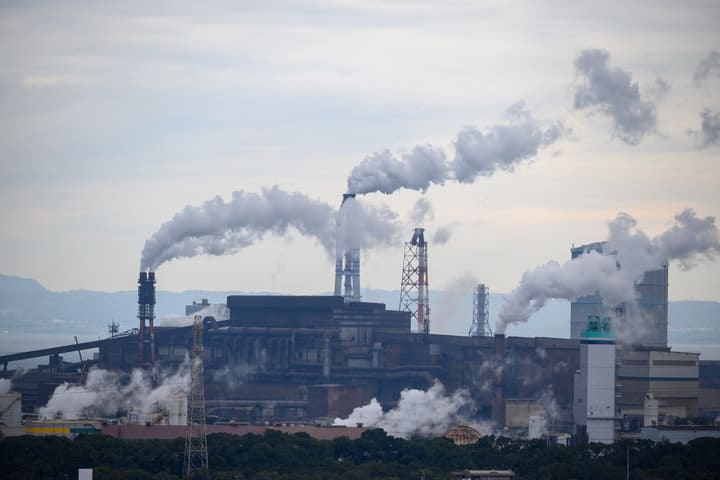
Environmental protection is environmental technology in which a variety of means are used to limit the damage to the environment caused by the release of harmful substances and energy. Specific means of pollution control include waste management systems such as sanitary landfills, emission control systems for cars, sedimentation tanks, sewerage systems, electrostatic precipitation of contaminants from industrial gases and recycling practices. Preventing pollution involves changes in the design of raw materials, production processes and the delivery of products.
Preventing pollution means preventing or minimising waste caused by pollutants and limiting their release into the environment. For example, if you use a flask to unplug a sink or a toxic drain cleaner to save energy, hang clothes on a leash, or use mulch in your garden to fight weeds with a chemical weedkiller, practice avoiding pollution.
Preventing pollution means avoiding or minimising the production of waste before it enters the environment. Pollution control focuses on measures taken before waste is produced to limit the damage it causes. It is supported by principles such as the polluter pays principle, the precautionary principle and the principle of due diligence, as well as relevant laws and policies.
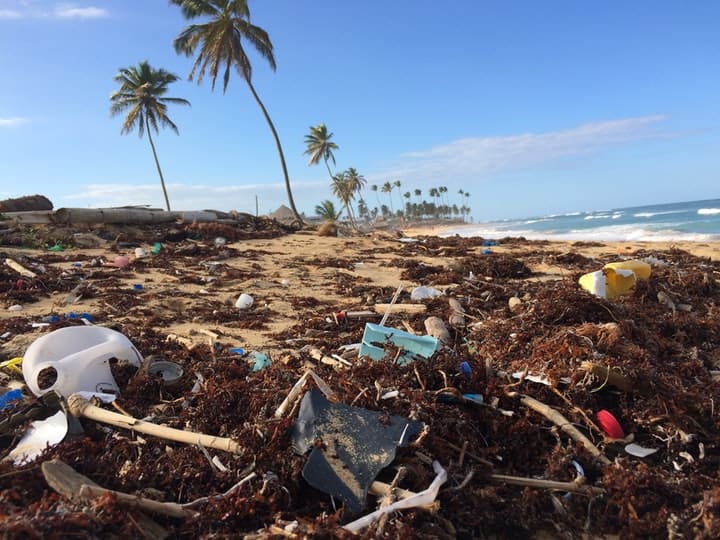
Pollution control is the process of reducing or eliminating the release of pollutants (pollutants) into the man-made environment. Preventing pollution means eliminating or reducing the quantity and toxicity of pollutants at their source, production, treatment, recycling and disposal. It is regulated by various environmental authorities, which set limit values for the discharge of pollutants into air, water and land.
A variety of devices and systems have been developed to control air and water pollution and solid waste. Pollution control mechanisms introduced in the United States tend to be detailed regulations and technologies that leave polluters little choice but to achieve environmental objectives. While there is general agreement that we should control the pollution of our air, water and soil, there is considerable controversy about how control should be organised and how much control is sufficient.
As pollution control technologies become more sophisticated and cost-effective, there is a growing interest in ways to integrate prevention into industrial processes in order to eliminate harmful environmental impacts and promote industrial competitiveness. The benefits of an approach to pollution prevention include cleaner technologies, less toxic applications, and the reduction or potential to eliminate workers' exposure to health risks.

David Bennett gives an overview of how pollution prevention has become a preferred strategy and how it relates to other methods of environmental management. Pollution prevention is central to the implementation of the shift towards sustainable development endorsed in the publication of the United Nations Trade and Development Commission in 1987 and reaffirmed at the United Nations Conference on Environment and Development (UNCED) in Rio in 1992. This approach focuses on the use of processes and practices in the material and energy sectors to prevent or minimize the emergence of pollutants and sources of waste, not to add measures to reduce pollution. Prevention practices are essential to preserve wetlands, groundwater sources and other critical ecosystems in areas where we want to stop pollution before it starts.
Pollution prevention (P2) is a strategy to reduce the amount of waste generated and released into the environment by industrial plants, agriculture and consumers. Many large companies see P2 as a way to improve the efficiency and profitability of production processes through waste reduction and technological advances.
In order to promote pollution prevention, the United States Congress passed the Pollution Prevention Act of 1990, which stated that pollution should be prevented and reduced as much as possible, in addition to waste that enters the environment when done in a responsible and environmentally responsible manner. The 1990 Clean Air Act Amendments included many P2 strategies, including government intervention, research and development programs, policies for efficient technologies, and vehicle emissions reductions, as proposed in the Congressional Status Report. The EPA Pollution Prevention Programme 2010-2014 is a strategic plan that sets out a number of ways to reduce harmful industrial production.
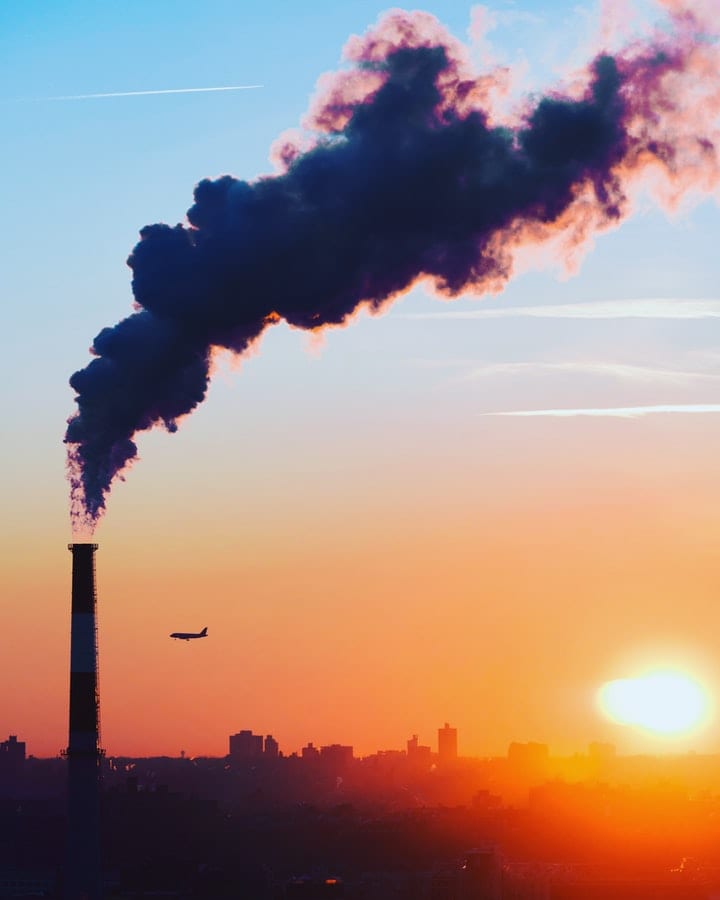
Beginning with the Leagues study of air pollution in the 1970 "s, the League in 1971 reached its position of supporting clean air from the federal government for industrial production, government facilities and fuel vehicles, which set the stage for coalition action at the federal, state, regional and local levels. The LWVEF continued its educational work in 1993 with the publication of garbage primer and plastic waste primer, as well as citizen training programs.
The league's pioneering focus on the interrelationship between air and water management formed the basis for efforts to ensure that government decision-making recognized that environmental protection is a seamless network. This development continued as the League's efforts went beyond the fight for environmental protection and waste management strategies to demands for pollution prevention and waste reduction.
In this study session you will learn about the impact of pollution on the environment and human health. They learn how pollutants can cause unexpected problems due to their behaviour and durability in the environment. They will also learn about the different ways in which people are exposed to pollution.
Table 4 sets out additional considerations and limitations for the types of air pollution control equipment. Not handling gas flows, PM biofilters, water-soluble pollutants In addition to the type of air pollutants that need to be removed or controlled and the efficiency of the air pollution control device, industry experts should consider other device features when selecting air pollution control equipment.
About the Creator
Sulav kandel
Im a contain writter.
Enjoyed the story? Support the Creator.
Subscribe for free to receive all their stories in your feed. You could also pledge your support or give them a one-off tip, letting them know you appreciate their work.


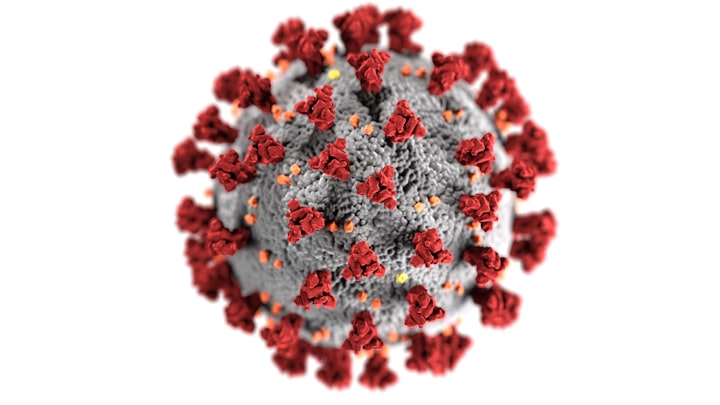
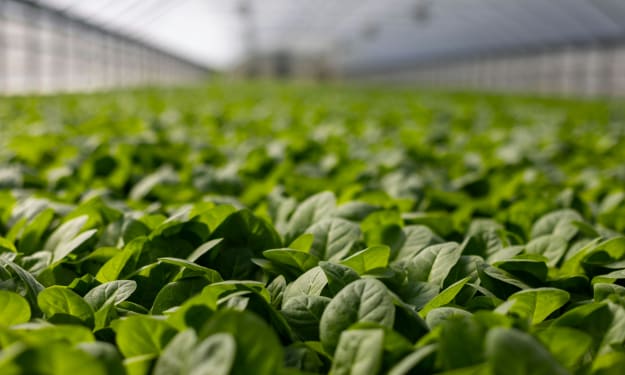


Comments
There are no comments for this story
Be the first to respond and start the conversation.